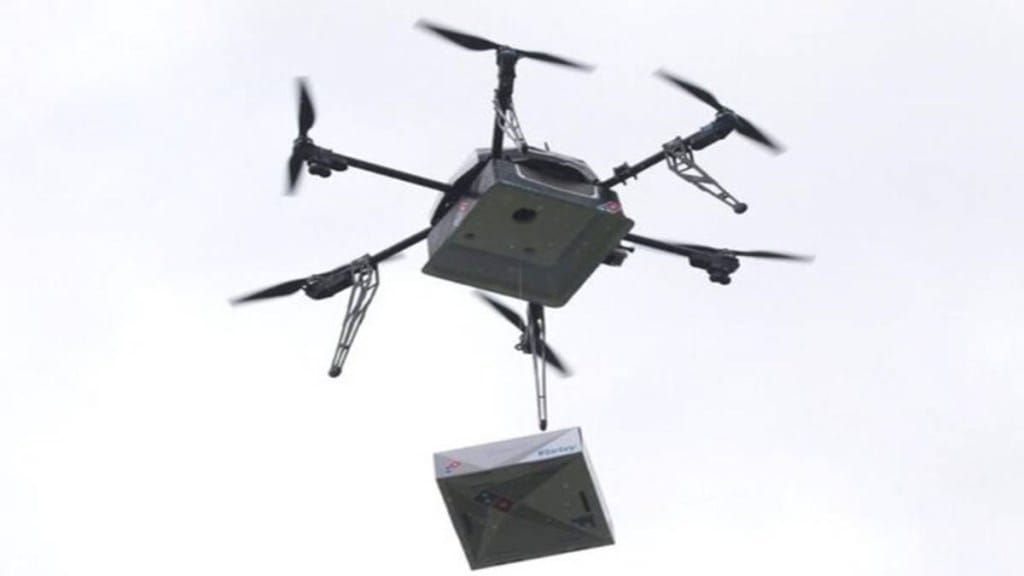By Pradeep Palelli
The growth of the global population, which is projected to reach 10 billion by 2050, is placing significant pressure on the agricultural sector to increase crop production and maximize yields. To manage the pressure, the agricultural industry in recent years, has observed a transformative change in data-driven exercises driven by artificial intelligence (AI) and drone technology. By exploiting the capability of data analytics and automation; farmers and agribusinesses are unraveling new heights of proficiency and production in crop management.
Introduction to Data-Driven Cultivation in Agriculture
The global agriculture drone market size touched US $ 2,076.5 Million in 2023. Scrutinizing further, IMARC Group anticipated the market to get hold of US$ 22,564.6 Million by 2032, demonstrating a growth rate (CAGR) of 29.4% during 2024-2032.
AI-Driven Decision Support Systems for Farmers
Agriculturalists have a new companion to work with in AI-driven decision support systems. These computer-generated aids facilitate farmers’ sail across the difficulties of modern agriculture, delivering awareness and references to enhance yield.
Further, AI in the agriculture domain is predicted to grow up from USD 1.7 billion in 2023 to USD 4.7 billion by 2028, according to MarketsandMarkets.
As the marketplace eventually expands and welcomes the incorporation of technology, reflecting on the ways of harnessing drones for precision agriculture become more important than ever before.
Drones for Field Mapping and Crop Monitoring
Stop thinking about satellite pictures—drones are the new masters of field mapping and crop monitoring. They fly-past over grounds with effortlessness, and taking comprehensive images makes it easier for farmers to track crop health and make informed decisions.
Integrating Data Analytics for Optimized Crop Management
- Data-Driven Approaches to Irrigation and Fertilization – By examining statistics on soil humidity and nutrient concentrations, farmers can fine-tune their irrigation and fertilization preparations for supreme harvests.
- Predictive Analytics for Disease and Pest Management – Bugs and diseases don’t stand a chance against analytical analytics. By crunching facts on climate patterns, crop health, and pest populations, farmers can stay a stride ahead and proactively look after their crops from possible dangers.
As the Indian agriculturists are quite familiar with the technological aspect of the technique, let’s dive in a bit deeper and weigh the benefits and challenges that await in the fields.
Benefits and Challenges of Data-Driven Cultivation
Advantages of Data-Driven Agriculture
By employing the strength of AI and drones, farmers can arrive at a well-versed choice to boost crop yield, decrease resource wastage, and upsurge overall productivity. Through data analysis, they can keep an eye on crop well-being, forecast weather patterns, and execute precision agriculture techniques. This not only lifts productivity but also adds to sustainable farming practices.
Challenges in Implementing Data-Driven Solutions
While the capacity of data-driven agriculture is massive, applying these solutions originates a set of challenges. Access to technology and training for farmers, high initial costs, data security concerns, and the need for reliable connectivity in rural areas are key hurdles. Moreover, interpreting and acting upon data requires a shift in mindset and skill set, which may pose resistance within traditional farming communities.
Impact of Drone Technology on Farming Operations
Drones are not just gadgets; they are transforming farming operations from above. By capturing aerial imagery and collecting data on crop health, soil conditions, and irrigation needs, drones enable farmers to monitor vast expanses of land efficiently. This data-driven approach minimizes manual labor, reduces costs, and enhances crop monitoring capabilities, ultimately leading to improved yields and resource management.
An estimated 500 million smallholder farms in the developing world support almost 2 billion people and produce about 80% of the food consumed in Asia and sub-Saharan Africa. In conclusion, the integration of AI and drones in agriculture represents a promising frontier for enhancing food production and sustainability. As farmers continue to embrace data-driven cultivation practices, the potential for increased yields, resource conservation, and improved decision-making in farming operations becomes increasingly tangible. With ongoing advancements in technology and a commitment to innovation, the future of agriculture is poised to benefit significantly from the transformative power of AI and drones.
The author is founder and CEO, Thanos Technologies









